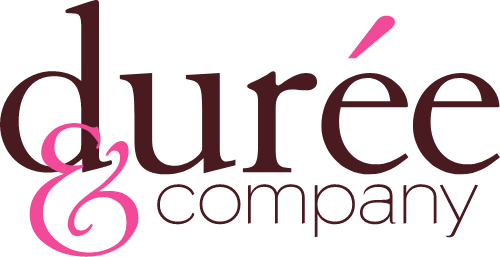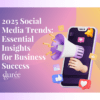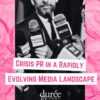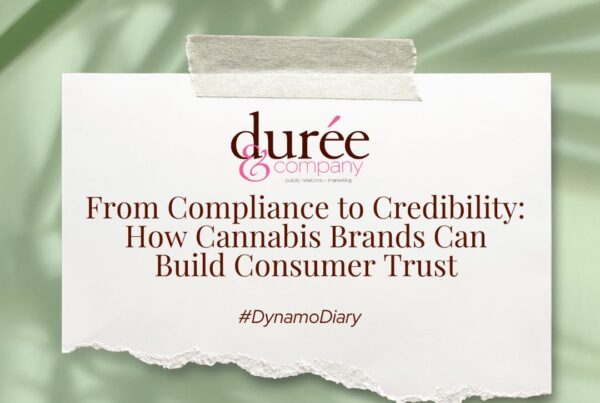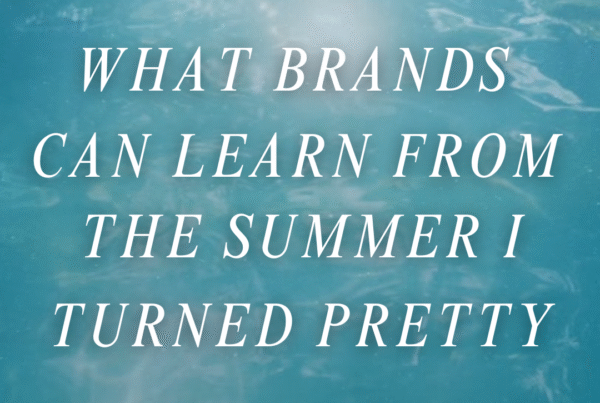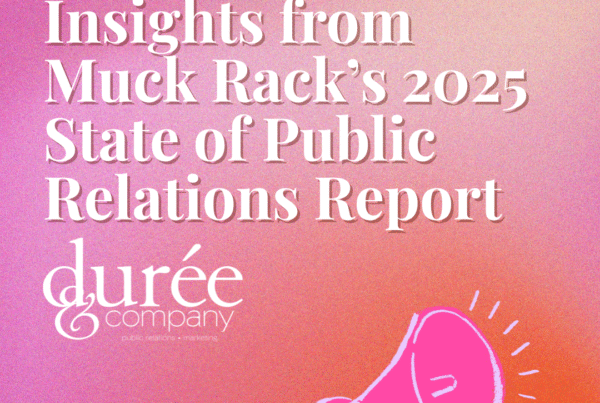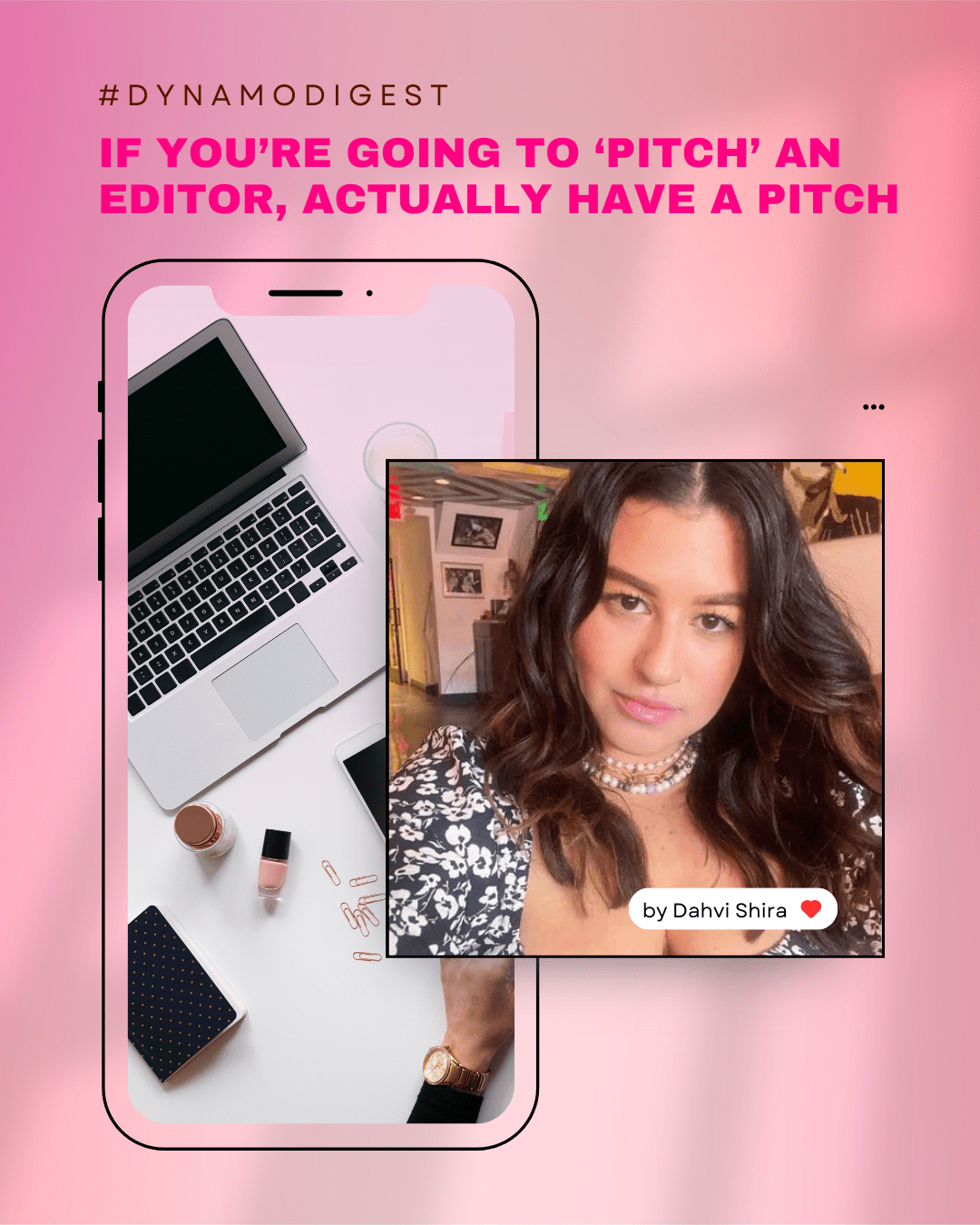
I can’t tell you how many times I’ve received a long-winded email from a stranger that starts, “Hi Dahvi, I have a pitch for you!” (**Please never start any email off that way.) And from there, it’s a hodgepodge of founder story, product breakdown, data, all the things. At the end, it says, “Are you interested in a story?”
What story?
While journalists are technically the storytellers, it’s a publicist’s job to sell that story and that client. Of course, the journalist may veer in a different direction than what’s initially discussed, but the bottom line is, there has to be something there. It’s 2025—every industry is saturated, especially beauty, which is what I predominantly cover (for Forbes, The Daily Beast, The Quality Edit and IPSY). Simply just existing is not enough. Existing as a female-founded, minority-led entity is also not enough.
While you may see your brand as newsy and influential, the harsh reality is, some media outlets may not perceive it as such when compared to a very competitive environment. My point here is that if you’re going to take a shot with an editor, make it count. What is the why? Why are you “pitching” an editor? What is the point you want to get across by sending your email? An email filled with a brand’s triumphs is not a story.
These so-called pitches take me back to a pivotal moment in my Magazine Writing 201 class during senior year at the University of Oregon (I know, magazines, I’m aging myself here). I remember the class being given an assignment to interview a subject about a defining moment in their life and telling their story as if it were a magazine feature. Everyone worked hard on the project and confidently turned in their drafts, only to find we all received C-minuses. Never in my life have I seen a class gasp so loudly in unison as each dreaded paper was plopped onto desk after desk. We later came to learn that we all wrote like it was a biography, versus a critical storytelling moment.
When pitching your brand, what is that moment? What is that key, storytelling nugget?
If you’re struggling for that aha moment, it could be due to one of two reasons: 1) You just aren’t there yet (which is fine—Rome wasn’t built in a day) 2) That moment is right in front of you, and you may not realize it.
Because I don’t gatekeep, I’ll let you in on the key editorial buckets I share with founders and publicists who I meet with 1:1. Granted, these particular examples pertain to pitching beauty at Forbes, but they can essentially be applied to any industry. These aren’t foolproof and still depend on the brand/product, but a pitch centered around any of the following is what I consider a certified “pitch.” Also, MAKE SURE YOUR PITCH IS TIMELY! If you’re planning to pitch something from below, don’t do it a week after the news is out. Make sure you get it on the editor’s radar (can be embargoed) with ample notice beforehand, so when the news officially drops, there’s a story ready to go. Otherwise, it’s old news almost immediately.
Key Editorial Buckets
-
- Milestone Anniversary (5, 10, 20, 30, etc… years)
I’m always open to potentially covering the journey of a brand with proven longevity. Granted, milestone features take a lot of time and research, so it’s up to my discretion if I think the brand will resonate with enough readers, and if it’s made a great enough impact. But either way, it’s something worth pitching.
-
- New Brand Launch
If a brand is fresh to market, that’s obviously news. Whether or not it stands out enough to be covered is a different story. But of course, it should be pitched. I will say, there’s a less likely chance of coverage if only one product is released at launch time and there’s no big name backing the brand.
-
- Category Expansion
If a brand exclusive to skincare, for example, suddenly launches blush (or any other makeup product for that matter), that is news.
-
- Major Product Launch Within Pre-Existing Brand
If a major brand launches any totally new product (I’m not talking about a new shade range), pitch away! Emphasis on the major brand, though. If it’s a brand that isn’t on the average person’s radar, there’s no urgency to cover new product news.
-
- Major retail partnership (Sephora, Ulta, Walmart, Target)
It’s important to note that not every retail partnership makes for a newsy story. It’s key to tap into mass markets offering accessibility to the average consumer (yet still with an ounce of cache). It doesn’t necessarily have to mean high-end, but the partnership (i.e. Walmart) still represents a level of persistence and value.
-
- Acquisition or investor news
Again, it really depends on the brand, and the level of investment/acquisition, but these are solid pitches for trade publications.
-
- Major Celebrity/Influencer Ambassadorship
Please note, I’m not talking about campaign partnerships. I will say no to campaign pitches 99% of the time. I’m referring to actual brand ambassadorships, when someone is going to be the face of a brand for an extended period of time. Again, totally depends on the celeb, magnitude of the brand and length of partnership, but these are pitch-worthy.
-
- Overnight Success/Virality
If a brand skyrockets to success essentially overnight and there are numbers to prove it, that’s always a fascinating angle. Did it go viral on TikTok? Did a celebrity discover it at random? Whatever the case, worth pitching if it’s made a noticeable dent in whatever industry it’s a part of.
Sample ‘Pitch’ Done Wrong
I recently received an elevator pitch within a subject line (please don’t do that!). In addition to being wordy, it didn’t grab my attention in the slightest. I just so happened to be sitting in front of my computer, and it was easier to click MARK AS READ than actually go through and delete it. Because the email was open, I noticed the publicist said she found me on Substack.
Sidenote: I’m a sucker for my Substack subscribers, so yes, that’s a way to grab my attention (*wink*).
I gave her a fair shot and asked if there was anything newsworthy on the horizon for the brand (essentially, did anything fall into my editorial buckets?). She replied with some lackluster data and an impending retail partnership that didn’t align with my coverage. Even so, she buried the pitch! The retail partnership-to-be would have been the initial pitch—not a wordy overview of the brand.
Sample Pitch Done Right
On the flipside, I recently received a pitch that hit all the right notes. The subject line was direct and timely—something like “Brand Turns 5!”—and the email itself included a clear breakdown of key milestones, recent press, and philanthropic initiatives. It immediately answered the “why now?” and made it easy to understand the angle without any guesswork.
The only drawback? It wasn’t exclusive. And when it comes to pitching, exclusivity still matters. If a pitch is going out to multiple outlets at once, it’s far less appealing to cover.
Bottom Line
Pitching can feel intimidating when you’re basically swimming inside a brand and can’t look from an outside perspective. It’s important to think about what’s current, what’s actually news? The founder story isn’t news, it’s supplementary to a bigger, newsier piece. Now, if something happens with the founder in real time, that’s a different story.
It’s also OK to take a step back and realize that maybe there’s nothing to pitch in the moment. Remember: Less is more! When I see the same brand pitched time and time again for every day, season and reason, I automatically delete. Put on your news cap and think like an editor. What would YOU want to read?
This post is part of Durée & Company’s ongoing Guest Blog series, The #DynamoDigest, where we have tapped select journalists and influencers whose work we admire and respect. In this series, top tips and best practices are shared across a variety of topics impacting the public relations industry today.
Dahvi Shira is a Los Angeles-based beauty and lifestyle writer whose work appears in Forbes, The Daily Beast, IPSY, Travel + Leisure, and The Quality Edit. Known for her coverage of skincare, wellness, Gen Z trends, and influencer culture, she’s also the voice behind dahvi.substack.com. A University of Oregon Journalism alum and multi-time L.A. Press Club Awards nominee, Shira has been covering pop culture and lifestyle since 2009.
